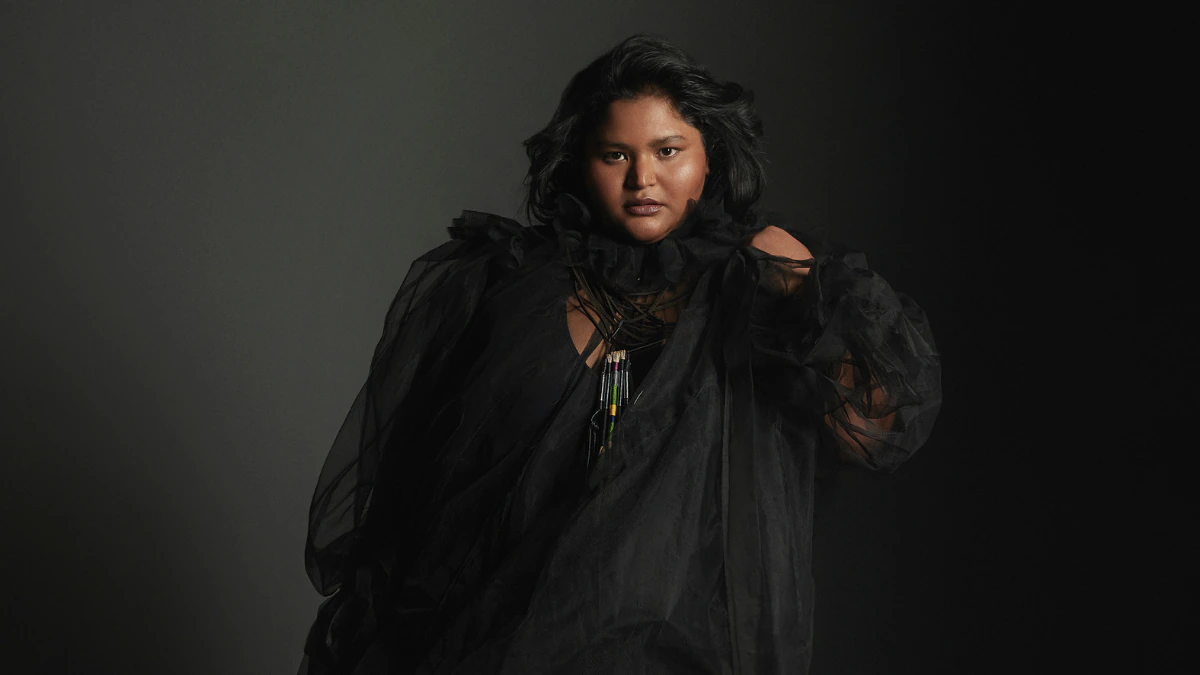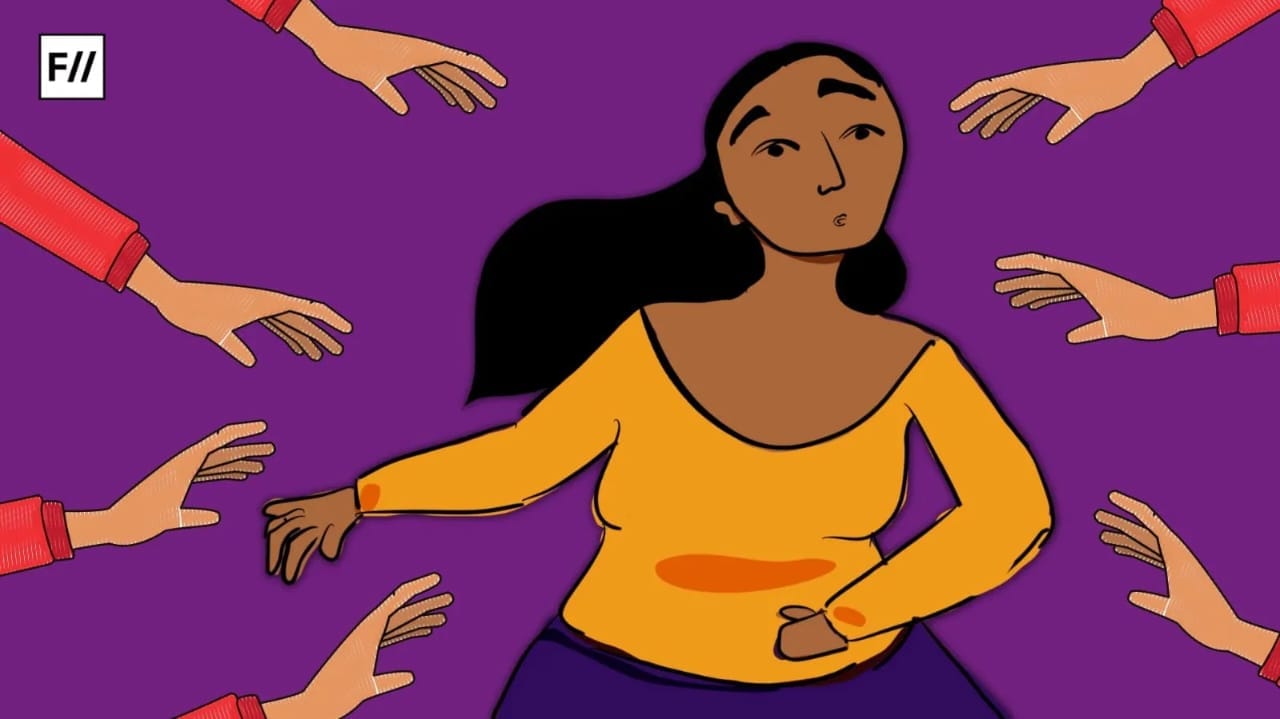In April 2017, I met Khadija* for the first time at her house in south Mumbai. Khadija is a children’s story writer in the city and belonged to a Dawoodi Bohra family. She had agreed to participate in an anonymous interview to share her views on the ongoing public contestations on the practice of female khatna (female genital cutting or FGC) in India. “Our genitals were on national television,” said Khadija, soon after we started talking. “Every time I step out, I feel judged.”
Two days later, I met with Sana*, a graduate student in suburban Mumbai, who also belonged to the Bohra community. Sana and her friends from the community have been actively reaching out to their cousins and aunts to question the rationale behind the practice of FGC. “Someone had to speak up. The pain and trauma associated with the experience continue to haunt me,” said Sana, “but several family members have stopped talking to me and my parents.”

Sana and her friends from the community have been actively reaching out to their cousins and aunts to question the rationale behind the practice of FGC. “Someone had to speak up. The pain and trauma associated with the experience continue to haunt me,” said Sana, “but several family members have stopped talking to me and my parents.”
Also read: Sahiyo: Empowering Dawoodi Bohra Communities & Putting An End to Female Genital Cutting
The interviews were a part of my MPhil research in Gender Studies at the University of Cambridge UK. It had been nearly five years since an anonymous signature (Ladkiyon par khatna khatam karo) petition was launched. It called the female khatna or FGC a human rights violation. As a communities’ reporter for Hindustan Times at the time when the petition began to be widely shared in 2011, I had reported on it and followed the growing tensions within the community, its leadership, and the women.
In the years that followed, the signature petition burgeoned into a full-blown public contestation, drawing headlines and the imaginations of health experts, human rights’ activists, community leaders, politicians and feminists alike. The battle had been waged in the contested terrain of FGC or khatna, a rite of passage among Dawoodi Bohras that involves the removal of the prepuce (the covering of the clitoris) of girls at the age of seven. Promoted as an act of purity, the ritual is believed to have been performed by the community for nearly 1,400 years, and is considered an important marker of the sex socialization of Bohra girls.
In retaliation, the anonymous signature petition found a few voices and faces who came forward to publicly challenge the Bohra woman’s “private matter,” calling FGC a “violation of the sexual rights of the women” that “found no mention in the Quran”. A fresh online petition launched in 2015 garnered over two hundred thousand signatures: a steep rise from the 3,000-odd signatures that the first petition had amassed.
Globally, the conversations around FGC have echoed from the chambers of the United Nations General Assembly, Supreme Court of New Wales as well as the Supreme Court of India; all calling it a “violation of human rights of girls and women”. Newspapers and television news channels carried elaborate stories on “India’s Dark Secret”, “Say No to Khatna” and the “The horror of #FGM: Bohra community shames women by cutting genitals”.
The momentum building around the conversations against FGC received a pushback in April 2016, when the community’s spiritual leader, His Holiness Dr. Syedna Mufaddal Saifuddin, made an indirect reference to the FGC practice during the wa’az (a religious sermon) delivered in Mumbai. The audio clip of this section of the sermon delivered in the Lisan-ul-Dawat language was circulated among Bohra social media groups.
In the thick of these exchanges over the past decade, the Dawoodi Bohra community has been through a lot, and continues to remain divided. Khadija’s words (“Our genitals were on national television”) echo how a section of the community must feel as the debate on the “private practice” of FGC concerning the community women takes centrestage on mainstream media.
“I love my daughter and wouldn’t do anything to harm her. Why am I made to feel like a criminal?” asked Khadija, who believes that the ritual of FGC would make her daughter “stronger” and “improve her marital life”. On the other hand, Sana and her friends, too, are grappling to come to terms with their own experience, whilst battling it out with their loved ones to break the silence. “I have nightmares even today when I think about the experience, the damage is permanent. I love my mother, but I just can’t understand why she would put me through this trauma as a child?”
Drawing from these contestations and silences, we have designed ‘Talking About FGC: A Study’ to dig deeper into the complex challenges from the ground-up. The study is meant to better understand the ways in which community members are talking about FGC and their communication challenges. The study will also investigate the attitudes towards the public movements and debates in favour of or against the practice.
The idea behind the research on FGC is to connect the personal with the political, to link Bohra women’s lived realities and stories with broader activism and campaigns steered by a section of community members (which could either be reflective of or contradictory to their experiences), and most importantly, to engage in an open conversation. Of course, participation in the study is fully voluntary and confidential.
The idea behind the research is to connect the personal with the political, to link Bohra women’s lived realities and stories with broader activism and campaigns steered by a section of community members (which could either be reflective of or contradictory to their experiences), and most importantly, to engage in an open conversation. Of course, participation in the study is fully voluntary and confidential.
This survey is open to all members (men, women and non-binary) of Khatna/Khafz/Sunnat/FGC practising communities, who are 18+ years old. It is completely anonymous. We will not be asking you for any identifying information (such as names, e-mail address, etc.). It has a mix of 30 multiple choices and short answer questions and will take about 15-20 minutes to fill out.
You can access the survey in English, Gujarati and Hindi
Also read: Female Sexuality And Islam – A Think Piece
Reetika Revathy Subramanian is a PhD Candidate and Gates Cambridge Scholar at the University of Cambridge Centre for Gender Studies. She is currently working as a Research Consultant on a project led by Vasavya Mahila Mandali in association with Sahiyo [India], supported by Grand Challenges, Canada. She can be found on Facebook, Instagram, Twitter and you can check out her work on Contently.
Featured Image Source: UNICEF USA




